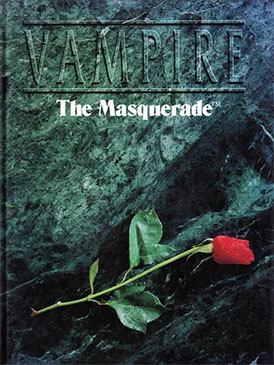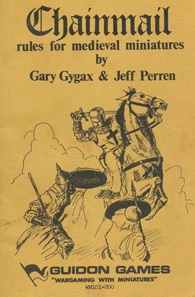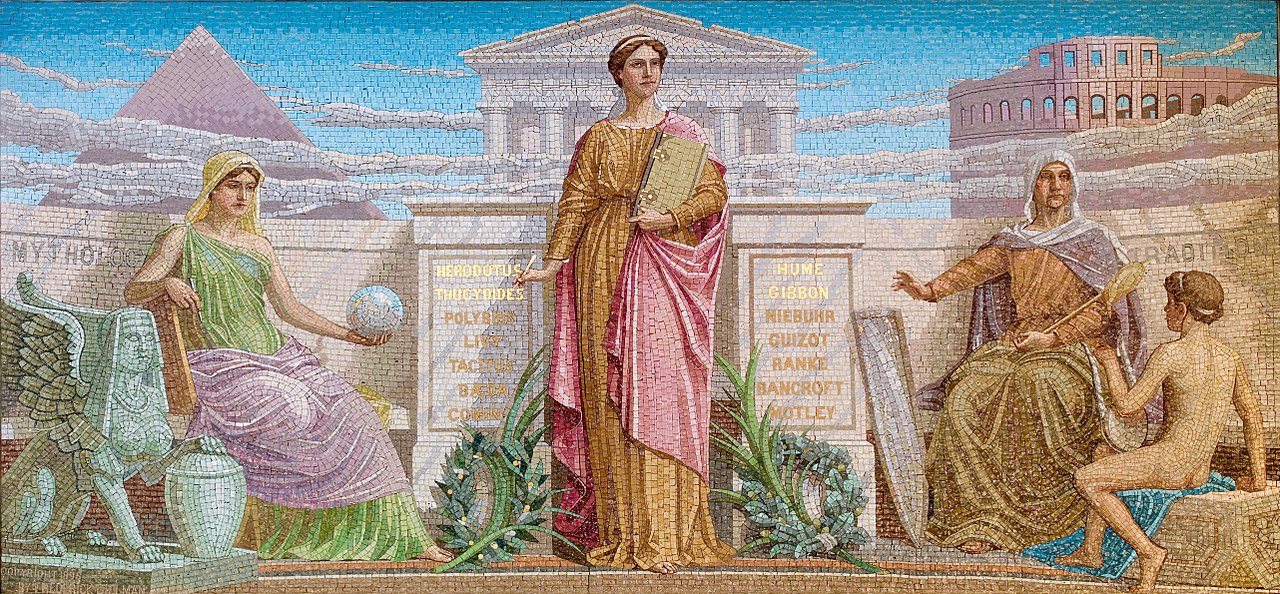Earlier this year, I highlighted the issue of Core Mechanics in tabletop role-playing games. This week, I wanted to discuss a type of Core Mechanic that became hugely popular beginning in the late '80s/early 90s, Dice Pools:
As tabletop role-playing game mechanics evolved beyond those of Original Dungeons & Dragons (1974) and similar games, a number of games began to utilize Dice Pools as their Core Mechanic. By "Dice Pools," I mean that each die used to determine task resolution is considered individually. There are two major types of dice pool system that are used tabletop role-playing games: 1) fixed target number dice pool systems, and 2) count success dice pool systems.
In fixed target number dice pool systems, the dice are added together and compared to a target number. One of the most popular fixed target number dice pool system is GURPS, which is mostly a 3d6 target low system (but sometimes a 3d6 target high system). There's little difference between fixed die target number systems (ala D&D, BRP and similar systems), save that the former, like all dice pool systems, produces a binomial distribution, whereas the latter produces a flat distribution.
Dice Pools have been around since relatively early in RPG history (e.g., Traveller (1977)), but what really caused hoopla in the hobby was success dice pool systems, which became a killer app. In count success dice pool systems, the dice are individually compared against a target number to determine whether or not a "success" occurs. Then, the player must reach another target number of successes to determine whether or not the character was successful at the task.
The most famous games with count success dice pool systems are probably Shadowrun (1989), and White Wolf Publishing's seminal Vampire: The Masquerade (1991), the first entry of the Storyteller system.
Depending on the number of dice in the dice pool, count success dice pool systems can be faster and more streamlined than fixed die target number systems, especially fixed die target number systems with lots of modifiers to the fixed die. Also, count success dice pool systems can be used creatively from a design point of view (e.g., botches, exploding dice, etc.)
And, it can be immensely satisfying to roll a giant handful of dice!
However, the drawbacks of count success dice pool systems are many. First of all, they don't bonuses and penalties easily, as the math when changing the target number or the number of dice is often non-obvious or at least requires a bit of crunching. Consequently, this increases the difficulty for GMs of adjudicating these variables on the fly, which can lead to unexpected or unwanted results.
Also, if the dice pool is too small, the results may be too grainy for modifiers to work properly.
Furthermore, from a physical standpoint, large dice pools (10 or more dice) usually slow the game down considerably as hunting for successes becomes increasingly time consuming. Also, the chance of dice rolling off the time or otherwise becoming lost also increases. These can even be issues for medium-sized dice pools.
So, count success dice pool systems can great or not so great in practice, depending upon the implementation. Probably the most clever and fastest count success dice pool system that I've seen is the One-Roll Engine (ORE), which uses a dice pool of d10s equal to the character's Stat and Skill similar to that used by Storyteller system. However, rather than calculating a "success" against a fixed target number, ORE uses a matching system, which produces some interesting results. If you're a fan of count success dice pool systems, check it out!









